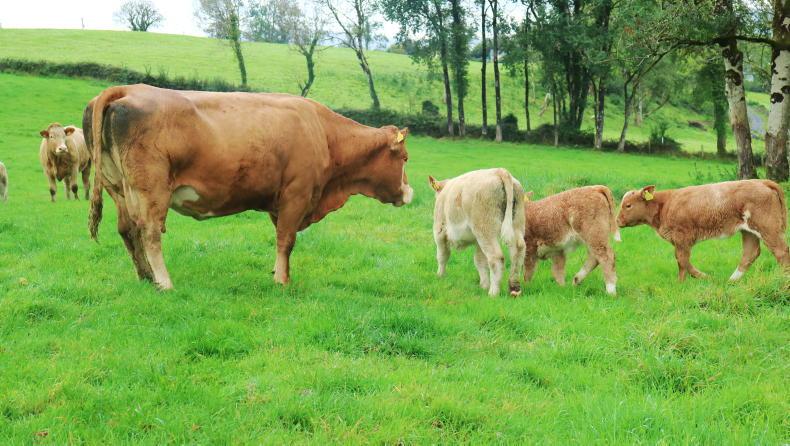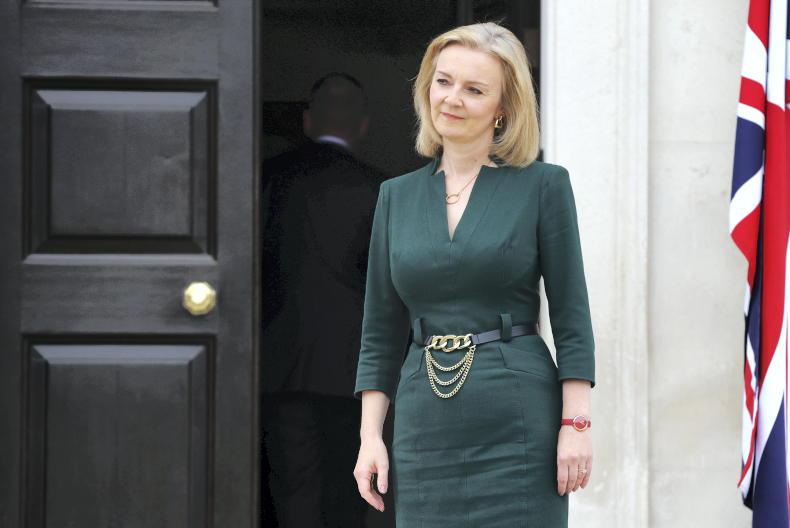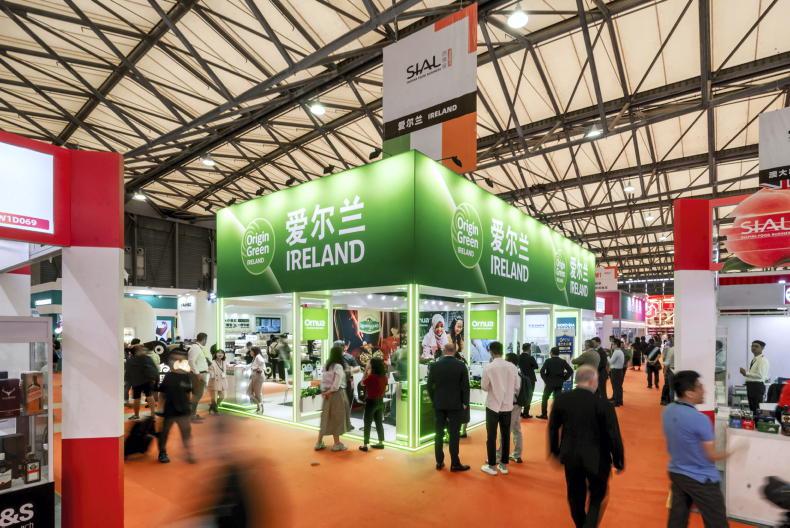With the EU Farm to Fork strategy dictating the shape of the next CAP, its radical nature has the potential to reshape Irish agriculture.
This has happened previously with the introduction of milk quotas in 1984.
It happened again with the move to direct farmer payments with the McSharry reforms in 1992.
Policy drives change
The introduction of milk quotas led to a reduction in the number of dairy cows from 1.5m in 1984 to 1.2m in 1998, as the amount of milk produced was capped and cows became higher yielding.
With no limit on beef production and strong market supports, the number of suckler cows increased almost three-fold from 440,000 to 1.2m between 1984 and 1998.
Growth in the second half of the 1980s was driven by beef production being a viable enterprise for dairy farmers looking to grow their farm business.
The McSharry reforms drove expansion in the 1990s, with the introduction of headage payments and a slaughter premium.
Suckler cow numbers jumped by 150,000 between 1991 and 1993 (see Figure 1).
There is a clear and direct relationship between EU policy and the transformation in the Irish cow herd in the 1980s and 1990s.
We have also had a surge in dairy cow numbers since the abolition of milk quotas in 2015, but it was only in 2020 that the total of 1.57m dairy cows passed the 1983 total of 1.51m.
Of course, the similarity in dairy cow numbers bears no resemblance in milk output, as the milk yield per cow has increased dramatically.
Change again
The upcoming CAP reform has the potential to equally revolutionise Irish farming, in particular relating to organic farming.
The focus is strongly weighted towards climate and environmental management, and livestock production isn’t encouraged.
However, the biggest single ambition with implications for productive agriculture is a target of having 25% of EU farmland in organic production by 2030.
The guidelines for Ireland released in the middle of December indicated that Ireland would be required to make a significant effort to increase the area of land farmed organically.
That suggests it may not be necessary for Ireland to achieve the 25% target, but it will be expected to grow substantially from the current 2% in organic production.
Small organic market
Even with just 2% of land use being organic, there are many occasions when organically produced products have to be sold in mainstream markets.
Consumers will always be supportive of organic production when answering a survey, but when putting goods in a shopping trolley, decisions are based on price and perceived value.
The market for organic produce in Ireland is tiny and it hasn’t developed as a viable export market.
Customers for organic will also tend to look for local and low food miles as well.
Subsidy not market-led
It is difficult to envisage an expansion of organic production in Ireland being market-led, otherwise it would have already happened.
However, if there are generous subsidies in the next CAP to support farmers converting to organic, it will happen.
Organic production will also have the knock-on effect of eliminating pesticides, fertilisers and antibiotics and as livestock numbers reduce, so also will GHG emissions.
It is a chicken and egg debate on whether or not more availability of organic produce will grow the market.
It could well happen if organic premiums are relatively low that consumers could be attracted in what would still be a niche market.
This model, of course, is extremely dependent on heavy subsidies, just as suckler beef was when it went through its expansion phase in the 1980s and 1990s.
If future CAP policy was to decide on the removal or reduction of subsidy for organic, it would mean it would have the same negative effect on organic farming as recent CAP reforms have had on the beef sector.
Been here before
A viable beef sector in Ireland was built on direct EU CAP support policies in the 1980s and 1990s.
As these have been whittled down in the move to area-based payments, the viability of beef production has declined.
There are lessons to be learned from this before the strategic decision is made to widespread, non-market-led organic production.









SHARING OPTIONS